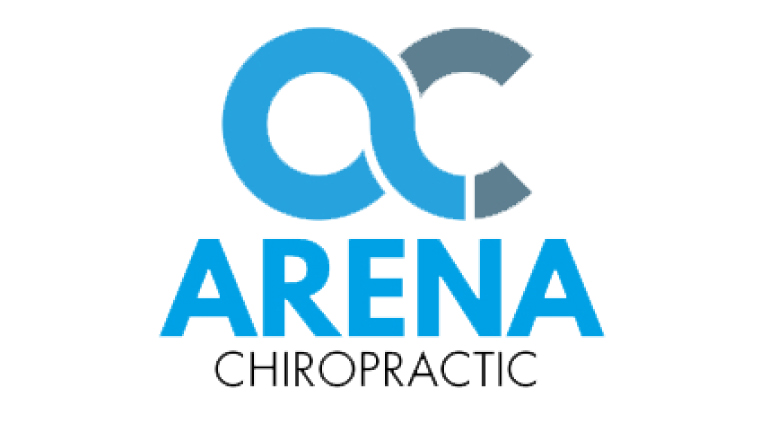We all know someone who has suffered a serious driving-related injury that had nothing to do with being involved in a motor vehicle accident. For example, turning your head suddenly and swiftly for a last minute check of your “blind spot” before changing lanes on the interstate could result in a painful neck sprain. Getting out your car in a crowded shopping center parking lot can often be awkward and may even result in a low back injury. Bending over to lift a grocery bag out of your back seat or trunk can even cause a herniated lumbar disc with very painful consequences. Thus, driving can be dangerous, even without taking account of your innumerable fellow drivers who are talking on their cell phones, texting, combing their hair, putting on makeup, or even shaving when they should be 100% focused on the road. Even if you’re a highly skilled, appropriately defensive driver, doing driving-related things can cause real physical injury.
Why do such injuries happen? The cause is the same as for the person who, while getting dressed in the morning, bends over to put on his or her socks, stockings, or tights and experiences a sudden, sharp pain in the low back. Later on, that pain may worsen and radiate down one leg, and a likely diagnosis of a herniated disc may ensue. “But I wasn’t doing anything wrong,” the person exclaims to his chiropractor. “All I was doing was putting on my socks.” But the chiropractor knows that the movement that apparently caused the injury was merely the last physical insult in a long chain of musculoskeletal and biomechanical deficiencies.
As with the person who injures his or her neck or back at home while engaged in innocuous activities of daily living such as housecleaning or taking out the trash, driving-related injuries that are not the result of an actual accident are caused by being deconditioned or out-of-shape. If your neck and back muscles, ligaments, and joints are not used to doing physical work while engaged in a full range of motion, suddenly putting them in mechanically stressful situations will very likely lead to injury. For such persons, the primary missing fitness factor involves the core muscles, the body’s group of central, deep, sheath-like muscles that provide the base for almost all movement and motion.
Lack of core fitness is the culprit for most neck and back injuries that happen when you “weren’t doing anything”. The good news is that core training is readily available. You are training your core muscles whenever you do strength training or yoga. You are doing core training when you walk, run, bike, or swim, provided you are doing these activities effectively and efficiently. You don’t need special equipment. All that is required is the willingness and persistence to engage in regular vigorous exercise. The many benefits are broad and longlasting, including getting more enjoyment out of the time you spend in your car.
1Rietveld AB: Dancers’ and musicians’ injuries. Clin Rheumatol 32(4):425-434, 2013
2Micheo W, et al: Basic principles regarding strength, flexibility, and stability exercises. PM R 4(11):805-811, 2012
3Steele J, et al: A review of the specificity of exercises designed for conditioning the lumbar extensors. Br J Sports Med October 2013: doi: 10.1136/bjsports-2013-092197. [Epub ahead of print]




